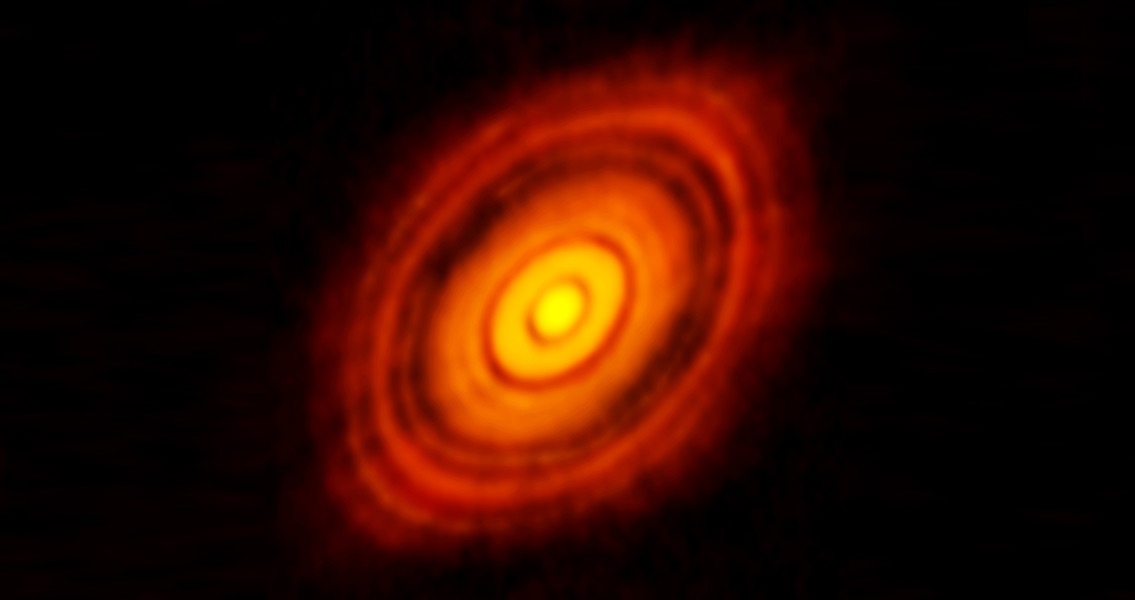<![CDATA[A new research paper has presented evidence that the formation of our solar system may have been the result of a low-mass supernova in the near vicinity several billion years ago. According to a press release from the University of Minnesota’s School of Physics and Astronomy, a team of university researchers led by Professor Yong-Zhong Qian say that around 4.6 billion years ago there was a massive disturbance in the gaseous dust cloud that would eventually form our solar system. A gravitational collapse precipitated by this disturbance formed an early version of our Sun, complete with the protoplanetary disk that led to the formation of our planets. The energy needed to compress such a gas cloud into a proto-star would have been present in the form of an exploding star, and Qian and his colleagues have presented new evidence to support such a theory. Not just any supernova, though – the research team deliberately went about seeing if it could prove that it was specifically a supernova from a low-mass star that triggered the event. In order to gather data towards that goal, the researchers investigated types of short-lived nuclei that would have been present at the beginning of the solar system’s formation; due to their very nature, the only source of these nuclei would have to have been from the supernova that triggered our star system. These nuclei were present in abundance in meteorites, which are leftover debris from the formation of the solar system. Judging from the decay products found within these meteorites, it’s clear what nuclei were present at the beginning, pointing to a low-mass supernova as the source. One of the keystone nuclei the team investigated was Beryllium-10, found widely distributed in meteorites in mysteriously high amounts. Beryllium-10 can be produced by both high-mass and low-mass stellar explosions, Qian’s research claims. Furthermore, the amount of the nuclei present in our meteoritic record is consistent with the amount created by a low-mass supernova. Qian says that these new findings have opened up entirely new avenues for further research. The low-mass supernova model not only explains why so much Beryllium-10 is present in meteorites, but also other short-loved nuclei like Palladium-107, Calcium-41, and several others. Additionally, the findings help direct further investigation into things that cannot be explained about the state of the early solar system – something Qian says he and his colleagues want to pursue. The first steps in investigating the last of the mysteries revolving around these short-lived nuclei is to see if the team's theory holds true for Borin-11 and Lithium-7, two nuclei that are produced at the same time that Beryllium-10 is during supernova explosions. An additional research paper may explore this in the future; Qian encouraged colleagues and other researchers across the globe to study these nuclei in order to verify the correlations between these three nuclei in support of his own team’s research efforts. The new research findings, which were published recently in the journal Nature Communications, can be found online here ]]>
Low-Mass Supernova May Be Behind Formation of Solar System
